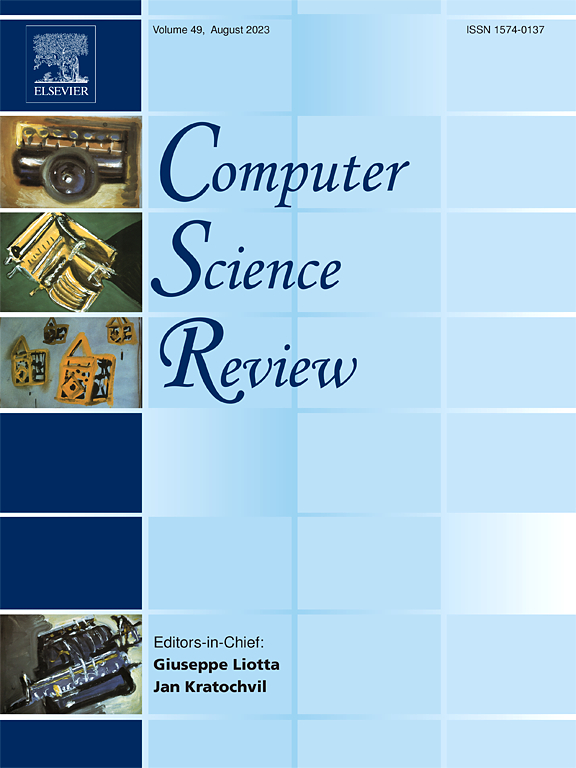Facial privacy in the digital era: A comprehensive survey on methods, evaluation, and future directions
IF 12.7
1区 计算机科学
Q1 COMPUTER SCIENCE, INFORMATION SYSTEMS
引用次数: 0
Abstract
With the advancement of computer vision technology and smart devices, images and videos containing facial information are increasingly shared on social media, making it easier for facial data to be collected and misused. As sensitive biometric data, once facial information is leaked, it may cause irreversible damage to personal privacy. Ensuring the security of facial information while benefiting from technological conveniences has become a critical research area. Many surveys have summarized existing protection measures, which often focus on specific issues or are oriented toward particular technologies, so existing methods have not been comprehensively summarized. In this paper, we categorize facial privacy-preserving methods into four paradigms: appearance-guided, identity-guided, reversible, and privacy-preserving for facial recognition systems. We offer an in-depth review of the most representative methods, emphasizing their advantages and functional characteristics. Additionally, we present commonly used datasets and evaluation metrics and analyze the performance of current methods. Finally, we discuss the challenges and opportunities for practical applications in facial privacy protection, offering insights for future research.
数字时代的面部隐私:方法、评估和未来方向的综合调查
随着计算机视觉技术和智能设备的进步,包含面部信息的图像和视频越来越多地在社交媒体上共享,这使得面部数据更容易被收集和滥用。面部信息作为敏感的生物特征数据,一旦泄露,可能会对个人隐私造成不可逆转的损害。在受益于技术便利的同时保证面部信息的安全已成为一个重要的研究领域。许多调查总结了现有的保护措施,这些措施往往是针对具体问题或针对特定技术,因此没有对现有的方法进行全面的总结。在本文中,我们将面部隐私保护方法分为四种范式:面部识别系统的外观导向、身份导向、可逆和隐私保护。我们对最具代表性的方法进行了深入的综述,强调了它们的优势和功能特点。此外,我们提供了常用的数据集和评估指标,并分析了当前方法的性能。最后,我们讨论了面部隐私保护在实际应用中的挑战和机遇,并为未来的研究提供了见解。
本文章由计算机程序翻译,如有差异,请以英文原文为准。
求助全文
约1分钟内获得全文
求助全文
来源期刊

Computer Science Review
Computer Science-General Computer Science
CiteScore
32.70
自引率
0.00%
发文量
26
审稿时长
51 days
期刊介绍:
Computer Science Review, a publication dedicated to research surveys and expository overviews of open problems in computer science, targets a broad audience within the field seeking comprehensive insights into the latest developments. The journal welcomes articles from various fields as long as their content impacts the advancement of computer science. In particular, articles that review the application of well-known Computer Science methods to other areas are in scope only if these articles advance the fundamental understanding of those methods.
 求助内容:
求助内容: 应助结果提醒方式:
应助结果提醒方式:


